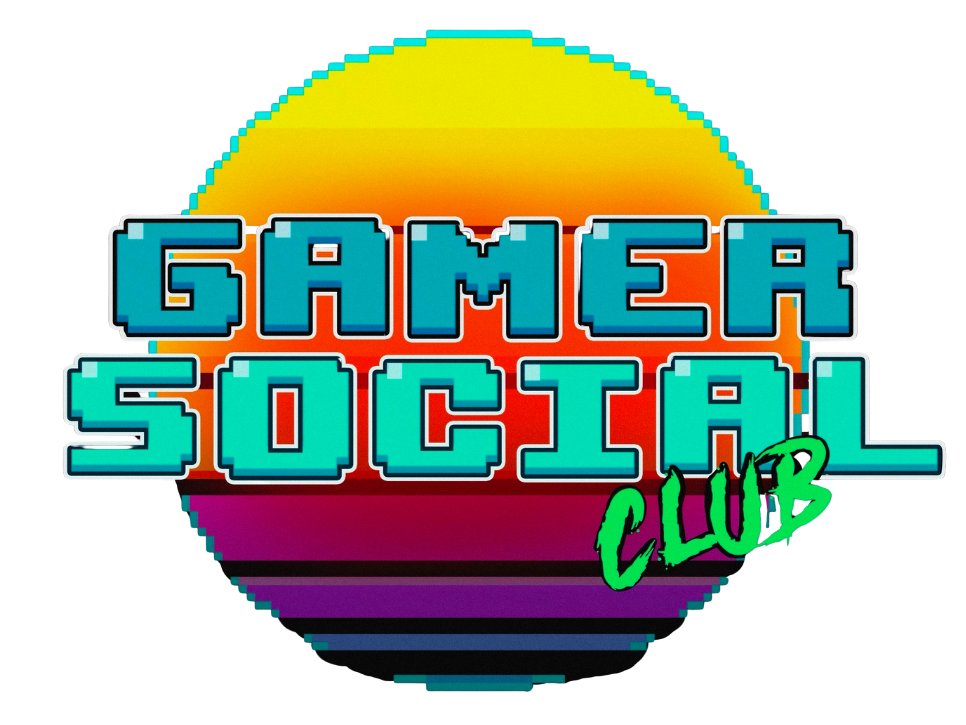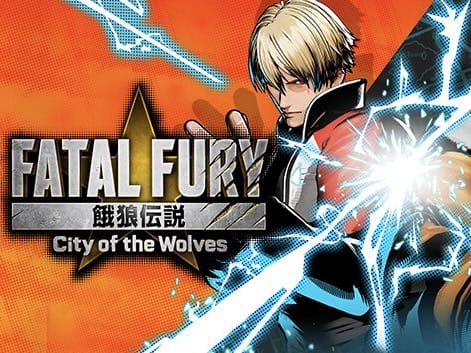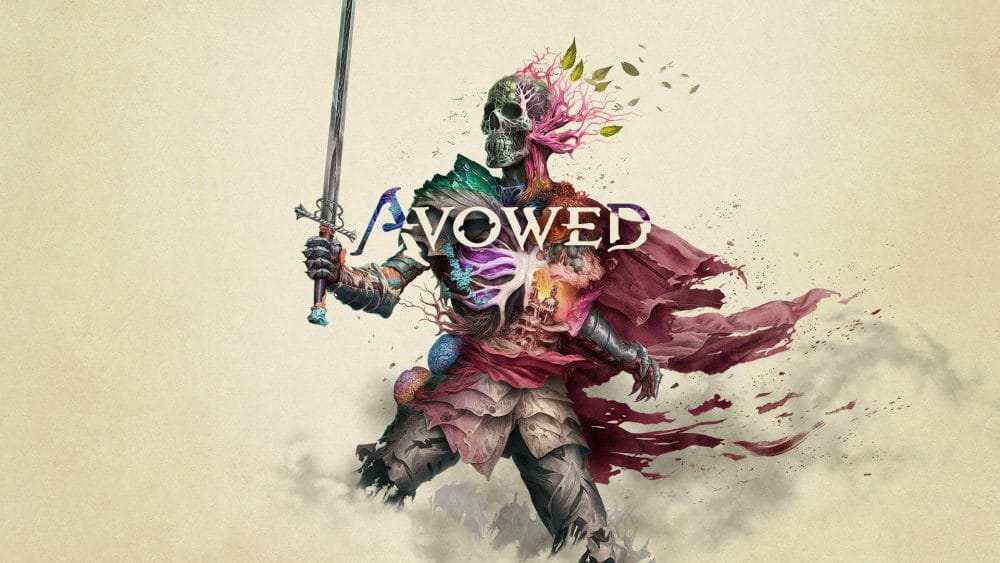It’s been 26 years since Fatal Fury last had a game with Garou: Mark of the Wolves being the last title in 1999. That game is often touted as one of the best fighters of its era. This naturally gave Fatal Fury: City of the Wolves some big shoes to fill and due to some well designed combat systems, it’s more than a worthy successor to Mark of the Wolves.
With an emphasis on balancing powerful offense with strong defense from systems introduced way back in Mark of the Wolves coupled with new systems, SNK have created a fun combat system with a good deal of depth coupled with a robust roster of returning as well as a couple new characters to boot.
Pros
With any fighting game, it’s combat systems are always going to be the most important feature. New to the series and perhaps it’s most prominent feature is the Rev system. On top of usual light and heavy special moves, each move has its own enhanced version known as a Rev art. This is how the big damage in the game is pulled as Rev arts can be chained together seamlessly. The system encourages players to experiment to find the best routes whether it be for damage, or to put yourself in the best knockdown situations.
This, coupled with gear supers is where players will often find themselves ending the fights. Gears have two different strengths much like specials and the heavy versions, known as redline gears, do significant amounts of damage.
Outside of the ability to chain moves together, the Rev system is used for a variety of universal mechanics such as Rev guard, a block that pushes opponents back as they try to attack you and a universal attack called a Rev blow which can be used to create distance between you and the opponent as well as being tied to two other systems I’ll talk about later, or even add a bit of extra damage to some combos at the end of things. The Rev system allows for alot of powerful offense but it can’t be over used as using too many Rev options will cause you to overheat. Being overheated not only locks you out of any Rev abilities but also leaves you more open to being guard crashed.
Thankfully, the Rev system isn’t the only way to create damage in the game as characters also have standard special moves that can be cancelled with feints. Feints you can cancel before the second hit or some specials land and use that to continue the combo in a different way without spending the Rev meter which can come in handy if you’re getting close to overheating. Feints can also be used to naturally bait the opponent into doing something they probably shouldn’t. I.e. everyone wants to jump when a grappler is near them but Tizoc, the games resident grappler can feint one of his throws to create even more openings on offense if you’re being smart.
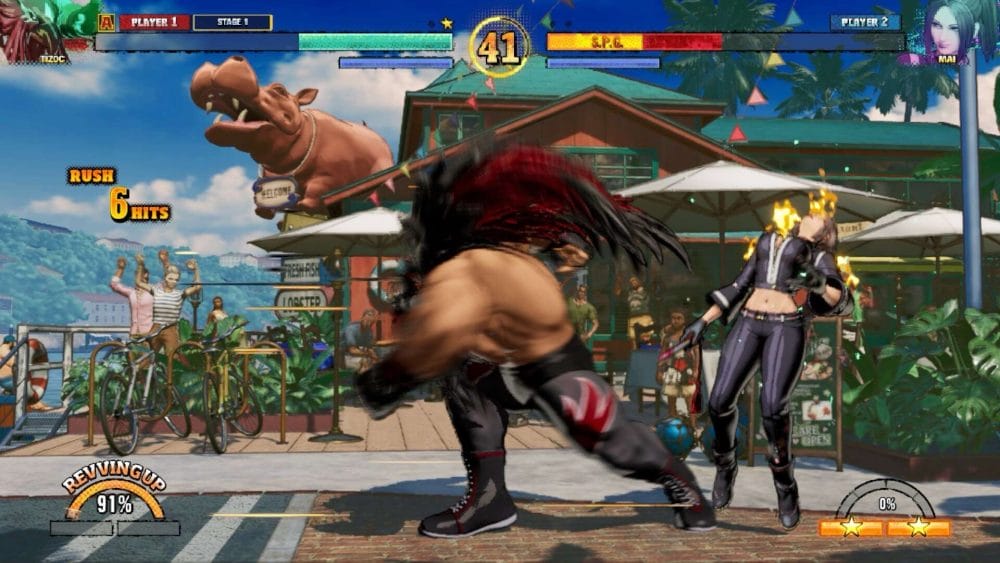
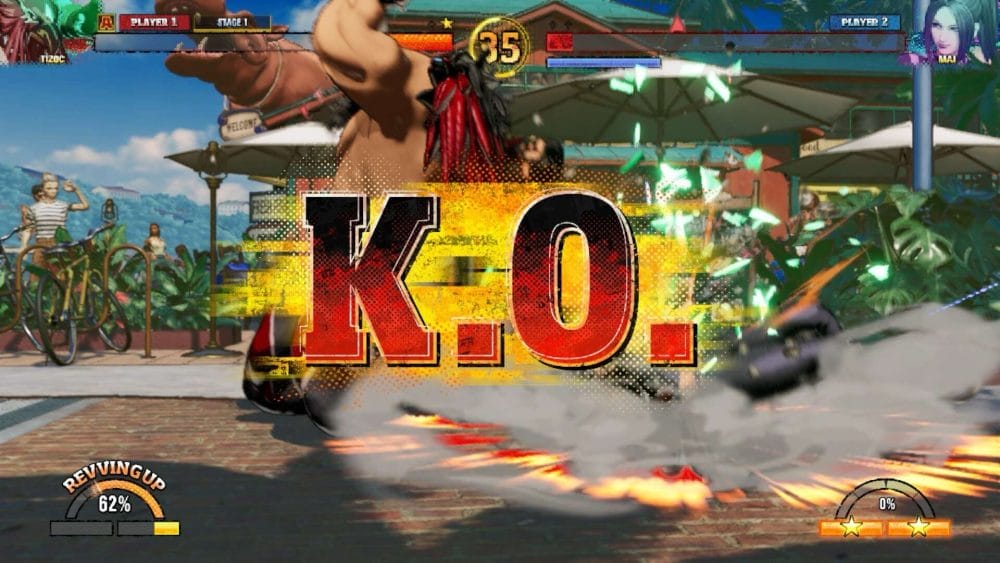
While offense is certainly powerful in COTW, the game also features plenty of strong options on defense as well. Many characters have an invincible reversal and everyone has at least one invincible super but other mechanics such as the earlier mentioned Rev blow also function as a defensive option. The just defense mechanic from Garou also returns. Just defense creates a pushblock and keeps you from taking chip damage by pressing back at the right time similar to a parry from games such as Street Fighter 3 or Samurai Shodown.
It can also work in tandem with Rev blow as it can be activated immediately after just defense. SNK has also expanded the system by adding hyper defense which allows you to press forward at the right time in between your opponents strings to create a considerably gap in their offense. Other options such as dodge attacks which can be timed to avoid and counter a high or low attack also exist. For some fans out there who feel that many modern fighters are too focused on offense, the multitude of strong defense may feel refreshing.
Also returning to City of the Wolves from Mark of the Wolves is the T. O.P. system, now renamed the S. P. G. System (tactical offense position and selective potential gear respectively). This is a meter that allows you to use a hidden heart attack, the game’s most powerful supers. It activates at a specific point in your health that you choose whether it starts at the beginning, middle or end.
There’s a bit of strategy on whether you do this based on the character you’re using and the match up. For example, a long range fighter like Billy Kane may opt to use it at the beginning vs someone he can easily keep at bay then finish off with one big shot. A character that has issues getting in May want to save it when their health is a bit lower however as they might have to take a few hits to get in.
On top of the well designed mechanics, the games roster is also filled with fun characters to use. Being someone who uses heavyweight characters in any fighter he plays, Tizoc might be one of the most fun grapplers I’ve used with the number of ways he has to set people up once he gets in. I ended up taking a liking to him and Kevin, a huge cop who smashes people in the face with grenades (come on how epic does that sound). SNK did well to keep any character from feeling too similar.
Of course as is the case with any fighting game, who’s very strong will eventually emerge (I don’t think people will like fighting Hokutomaru and Vox reaper very early among others) but it seems like they made a good attempt to give everyone strong tools and keep any character from playing too similar to another. Even a character many were skeptical about, DJ Salvatore ended up having one of the most fun and unique playstyles in the game.
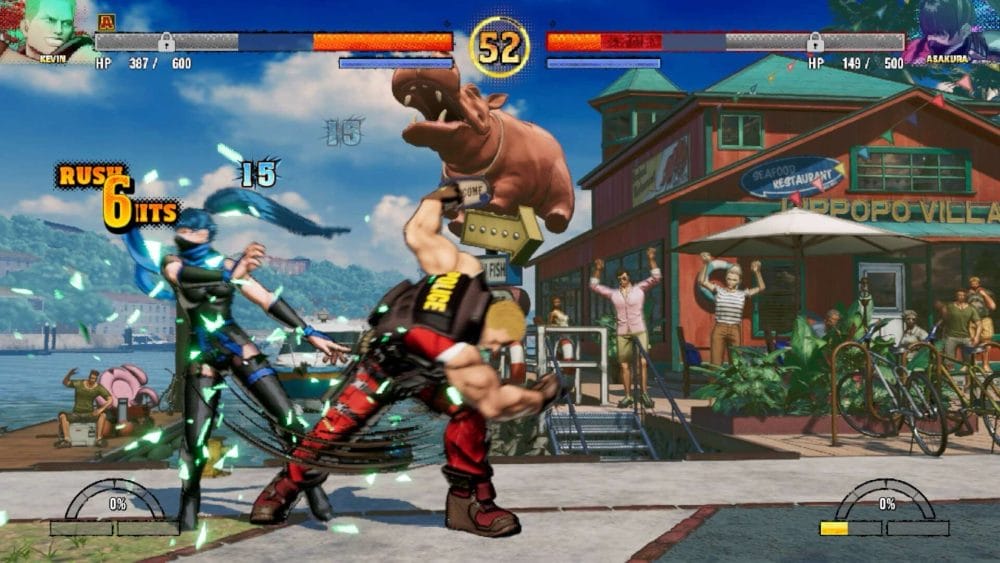
Speaking of DJ Salvatore, he and the other DJs that were collaborated with overall did a good job on the games soundtrack. Many of the songs they created match the energy of a fighting game quite well and you can also create playlists with classic tracks from other games for overall one of the best soundtracks in a fighting game.
Like many other current fighting games, SNK has worked to create better single player content and more to do outside just fighting other people. Outside the standard arcade mode which does actually feature some surprisingly solid short stories, there’s also a mode called Episodes of South Town. This mode is centered around the power vacuum left in the wake of series antagonist Geese Howard’s death and functions as a light RPG. You can go between 3 different areas of south town and take various missions to level your character up. This mode also expands the characterization of the various cast members as they interact with each other throughout their stories.
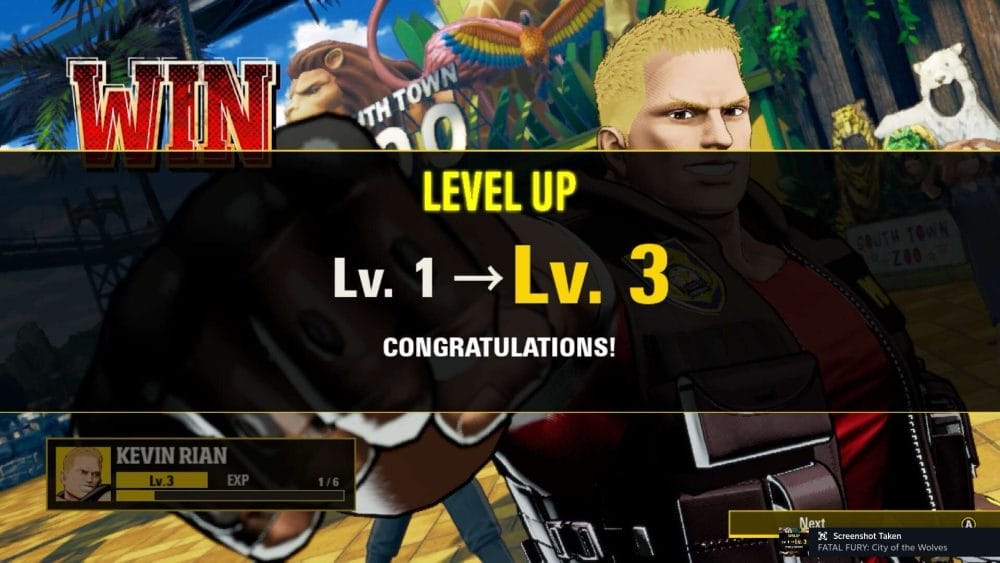
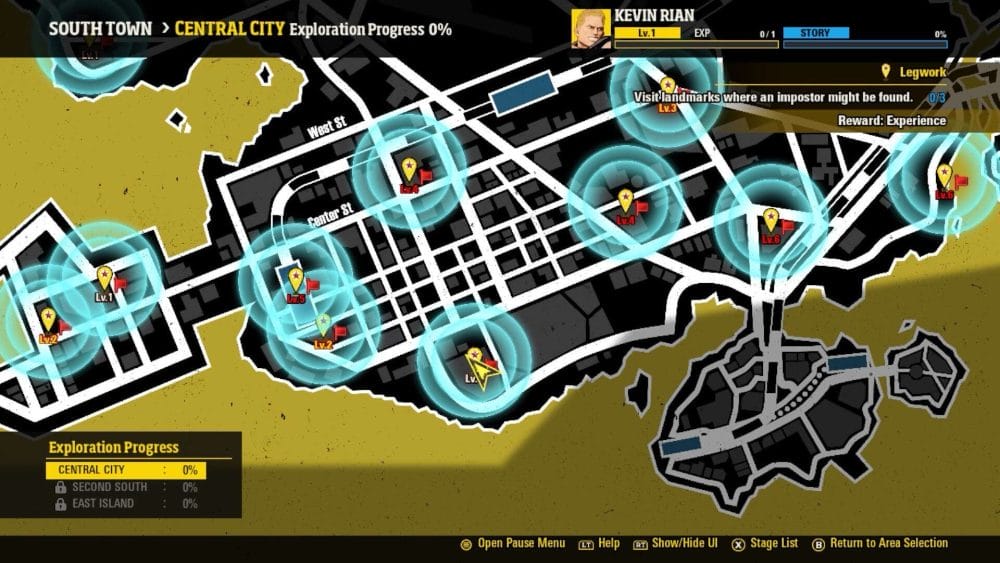
The game also features a clone mode where you can create a clone that mimics your fighting style to practice getting over your own habits or fight other people’s clones to possibly understand other characters better.
Cons
So there are a couple concerns about the game’s online. The matches themselves flowed well when playing and the game features a good lobby system overall but there were a few issues getting online overall. I know SNK is working on this so hopefully it’s not a big problem when the game has it’s launch. It’s something that can’t be ignored however as the importance of strong net play in fighting games can’t be stressed enough.
Also, while episodes of south town isn’t bad and the stories are generally nice, it can feel repetitive if you’re trying to 100% character stories.
Lastly, the City of the Wolves art style is a bit hit and miss. the stages generally look great and are colorful and full of life but not all the character models hit as well and some of their default colors look a bit bland, although thankfully the game has a color edit mode to customize your favorite characters skins.
Final Thoughts
Overall, Fatal Fury: City of the Wolves has perhaps one of the most enjoyable combat systems I’ve played in a modern FG and with the blend of strong offensive and defensive options it seems like SNK is really working to create a system that tries to force constant two way interactions. With strong mechanics and a cast that’s fun to use all around I do hope the game can really take off and find it’s place in the ever growing line up of Strong fighting games in a high point for the genre overall.

Reviewed on Xbox Series S, and is available on the 24th of April on PS5, Xbox Series X/S and PC. Thanks to SNK for providing a code for the purpose of this review.
